Why did Qianlong spend money to build the most lavish palace in the Forbidden City and not stay?
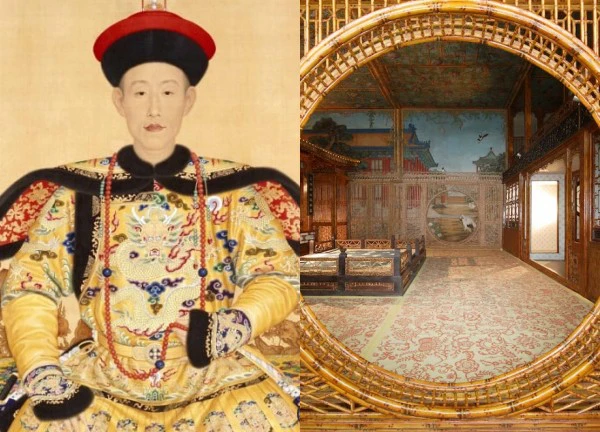
1 | 1 Discuss | Share
The Forbidden City is a tourist destination not only because of its beautiful scenery but also contains many mysterious stories that make people curious. It is still the best preserved wooden architectural complex in the world.
It is known that the Forbidden City was built by Emperor Yongle of the Ming Dynasty in 1406. After a period of 13 years and the contribution of 100,000 people, in 1420 this project was completed with a total area of 72 hectares, containing 70 large and small palaces and more than 9,000 houses.
The reason why the Forbidden City is so named is because most ordinary people are prohibited from accessing this walled royal palace complex. The officials, even the royal family, only have limited access, only the current emperor can go to any area in the Forbidden City at will.
2020 is the year marking the 600th anniversary of the completion of the Forbidden City. From then until now, over the past 604 years, this place has been a place where archaeologists and experts have collected many rare treasures.
Currently, the collection at the Palace Museum in the Forbidden City has reached more than 1.8 million artifacts, mainly collections of cultural relics, ancient works and books from the Ming and Chinese dynasties. Bar.
All the historical relics inside the Forbidden City are incomparable. Anyone who visits this place today can experience hundreds of years of history in the most authentic way.
Worth mentioning, 604 years have passed but the 72 wells in the Forbidden City have never been allowed to be touched even though experts estimate they contain countless important treasures. These 72 ancient wells of different sizes are listed as key cultural relics that need to be protected.
According to archaeological experts, in the ancient well of the Forbidden City there are indeed valuable antiques. For example, in 1995, an official kiln from the Ming Dynasty was discovered in the Ximen Well of the Forbidden City. One can imagine the value of this official Ming Dynasty kiln. The discovery plays a huge role in studying the history of the late Ming Dynasty.
This example is enough to prove that in the well of the Forbidden City there are many antiques and treasures containing historical information during the Ming and Qing dynasties. Some were intentionally kept inside, some accidentally fell in. Either way, they all have great significance in historical research.
So why don't people salvage antiques inside the ancient well of the Forbidden City on a large scale? Experts have come up with this explanation and believe that there are three limitations.
The first is to protect the integrity of cultural relics. Everyone knows that the Forbidden City is not a single building complex but a very rich "collection of cultural relics". No matter what, every brick and tile in the Forbidden City is a witness to history.
Dozens of ancient wells cultural relics, because they have gone through a relatively long period of more than 600 years, are sure to contain redundant objects inside. Cleaning 72 ancient wells by hand is considered by experts to be a very heavy workload. Because most ancient wells have small well mouths.
Not to mention, collisions will certainly occur during this process, which is very detrimental to the protection of cultural relics. More importantly, the shape of the ancient well in the Forbidden City is very beautiful, demonstrating the wisdom and skillful skills of Ming Dynasty artisans.
The ancient wells have large and small diameters and irregular shapes, which fully demonstrates that they are more like decorative wells. Even if there are cultural relics inside, they are still many years old.
Ancient wells are an important part of the Forbidden City, destroying ancient wells just for the purpose of finding cultural relics inside the well is unreasonable.
Point 2 is that hasty salvage is inherently dangerous. Because most of the ancient wells in the Forbidden City are not the wells we use to get drinking water. It ranges in depth from 55cm to 10 meters.
And diving into ancient wells to search and salvage antiques without knowing exactly whether there are antiques or not only causes more damage to this special cultural relic.
The purpose of the Palace Museum is to protect cultural relics. Therefore, experts will not perform such high-risk jobs.
Not to mention, once the artifacts in the well (which are naturally protected) are picked up, they will also be damaged when exposed to air and sunlight.
The final limitation of exploiting treasures is that the ancient well in the Forbidden City is not for drinking but to prevent fires. Because the Forbidden City is basically a wooden structure, it is easy to cause fires and cannot be extinguished by water from afar. Therefore, when building this place, people arranged 72 ancient wells scattered throughout the palace to prevent fires.
Legend has it that no one dares to drink water, or even wash, cook or bathe in the ancient wells of the Forbidden City because, it is believed, these wells can be the place where the lives of concubines end. The concubines and palace maids fell out of favor.
Over time, people feel that the bottom of the well is so dark and strange that no one dares to come close. Although this may be a made up story, it is also a way to protect the ancient well, not allowing anyone to touch it.
Based on the above 3 points, experts believe that even if the ancient well in the Forbidden City contains many treasures, "cultural relics" means that they must be protected intact.
The Forbidden City and everything belonging to this historical complex need to be more focused on protection than renovation and development. Not salvaging antiquities in 72 ancient wells is to protect its integrity, protect national cultural heritage and respect history.
The Forbidden City has no toilet even though tens of thousands of people live there, "wiping out" the trees? 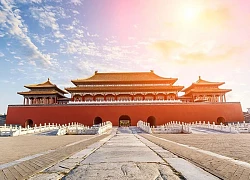 Quỳnh Quỳnh17:07:15 27/05/2024The Forbidden City is one of the largest places in the world that still exists and attracts the most tourists in Beijing. Currently, this place still preserves many legends, secrets and interesting facts that few people know.
Quỳnh Quỳnh17:07:15 27/05/2024The Forbidden City is one of the largest places in the world that still exists and attracts the most tourists in Beijing. Currently, this place still preserves many legends, secrets and interesting facts that few people know.

1 | 1 Discuss | Share
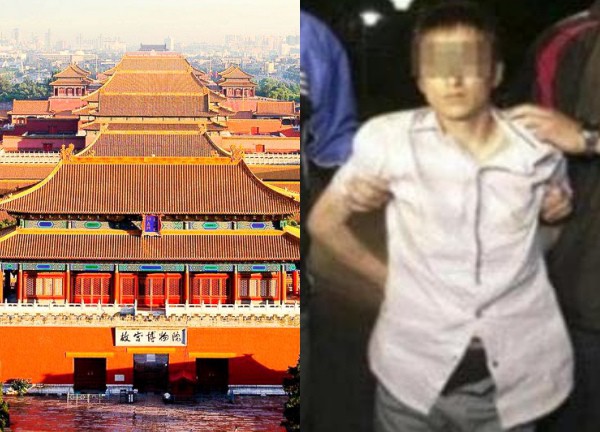
4 | 1 Discuss | Share
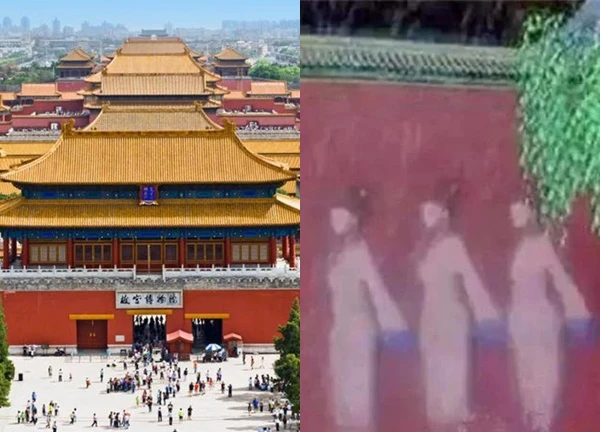
2 | 1 Discuss | Share
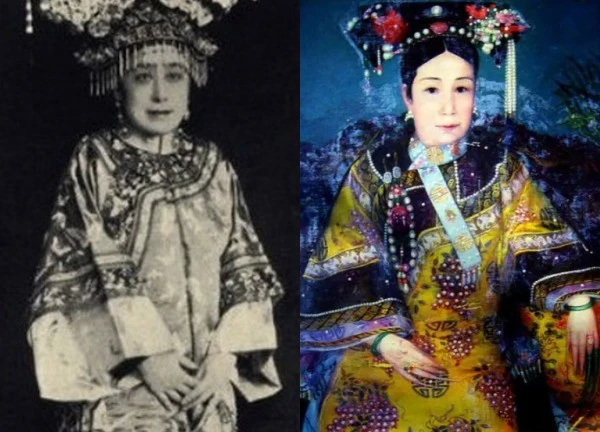
1 | 1 Discuss | Share

7 | 1 Discuss | Share
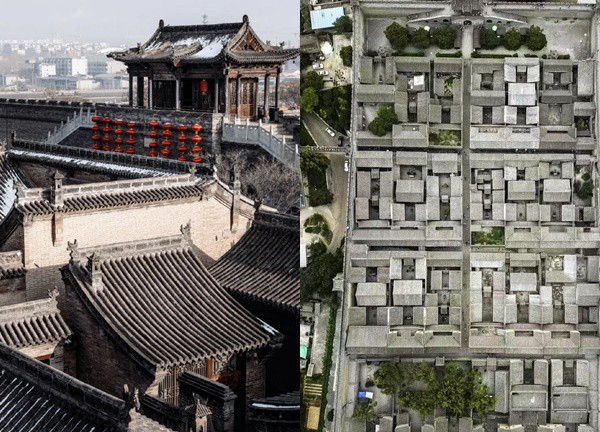
4 | 1 Discuss | Share
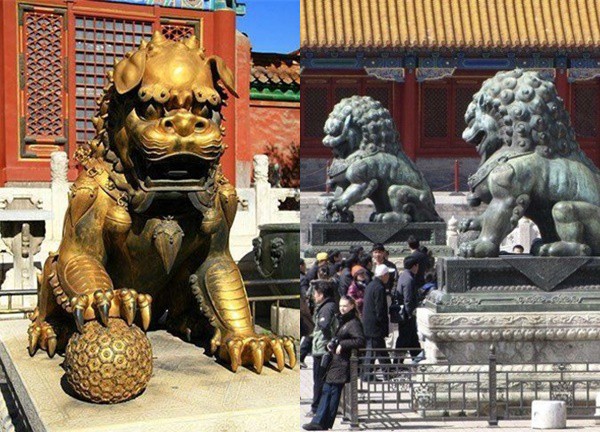
3 | 0 Discuss | Share
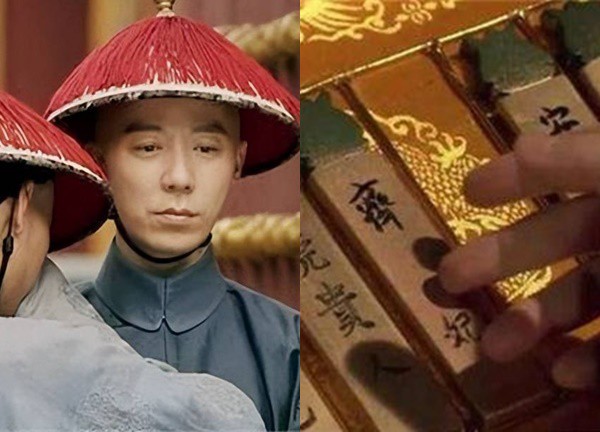
5 | 0 Discuss | Share
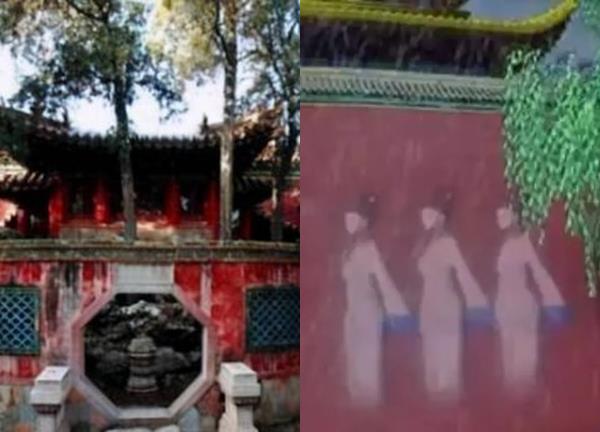
5 | 0 Discuss | Share

3 | 0 Discuss | Share

3 | 0 Discuss | Share
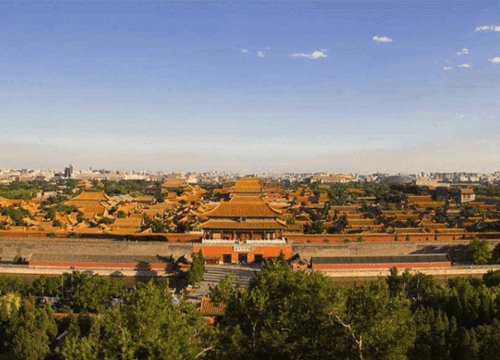
2 | 0 Discuss | Share










2 | 1 Discuss | Report